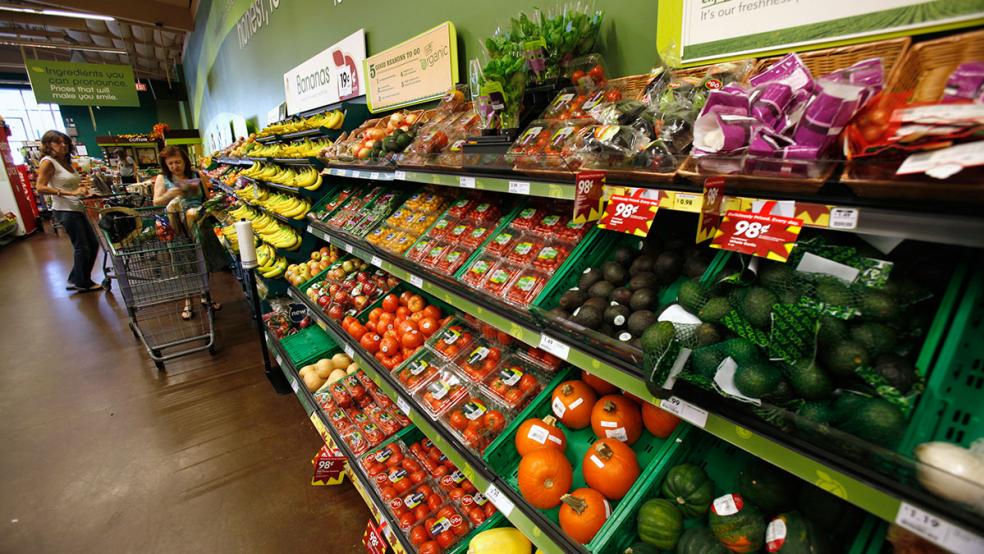Inflation is looking a bit sticky as we head further into 2024.
The consumer price index rose 0.4% from January to February, and 3.2% from February 2023 to February 2024, according to government data released Tuesday. The monthly figure was higher than the 0.3% recorded in January, though the increase was expected. The annual rate was also higher than the 3.1% reading in January, but that increase came as a surprise.
Housing and fuel costs played a major role in the persistence of inflationary pressure. Together, the cost of shelter and gasoline accounted for more than 60% of the monthly increase in the overall price index. The price of food, on the other hand, was unchanged, buttressing hopes that the great food inflation that started during the pandemic may finally have come to an end.
The closely watched core CPI number, which strips out volatile food and fuel prices, rose 0.4% on a monthly basis and 3.8% on an annual basis, and both numbers were higher than expected, with the annual reading declining less than expected from the 3.9% rate recorded in January.
The latest data suggests that inflation may be settling in at levels above the Federal Reserve’s 2% target rate, as many economists have warned it might, at least temporarily. Even so, the picture is cloudy, and the longer-term trend still appears to be disinflationary, even if there are bumps along the way.
What the experts are saying: Economist Tuan Nguyen of the consulting firm RSM said the inflation numbers were no surprise given the jump in gasoline prices and what he called “noise” in the housing numbers. “While inflation continues to be sticky, we are not worried about a significant rebound,” he wrote in a research note. “The hotter-than-expected consumer price index in February did not deter the disinflation trend that we have seen for the past six months.”
AllianceBernstein’s Eric Winograd told the Associated Press that the numbers were “a disappointment, but not a disaster,” adding that the “underlying details are more encouraging than the top-line number, which was boosted by a few volatile categories — the type of prices that tend not to repeat month-to-month.”
Some analysts speculated that the report would push Federal Reserve officials to delay stimulative rate cuts into summer. “This will probably be seen as a reason to keep policy on hold a while longer,” said Kathy Jones, Charles Schwab’s chief fixed-income strategist, per Bloomberg. “Through the volatility, the downtrend in inflation seems to be leveling off and the Fed would like to see it continue to move lower before easing rates.”
Diane Swonk, chief economist at KPMG, said on social media, “This is where the going gets tough for the Federal Reserve,” adding that a pause on rate cuts could extend past the March meeting. “The bottom line is that this keeps the Fed on hold in March and May. We are still expecting a cut in June, but that is getting more tenuous. There are participants at the meeting that want to wait for July or later. We still expect only three rate cuts total in 2024.”


